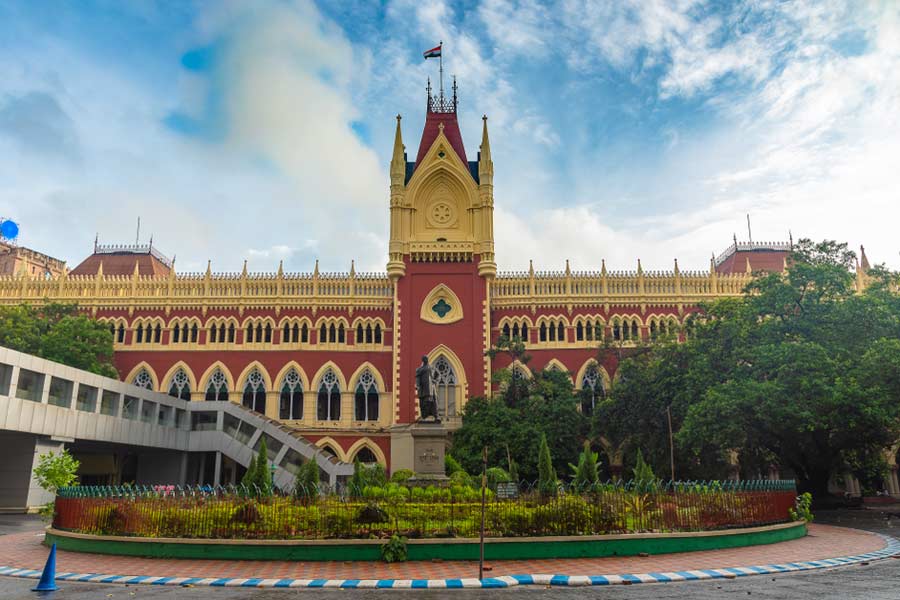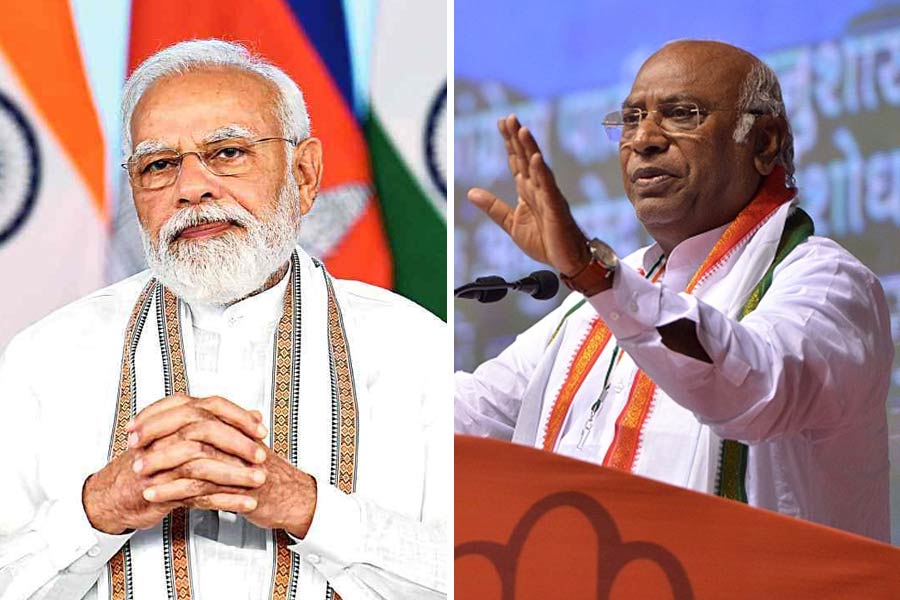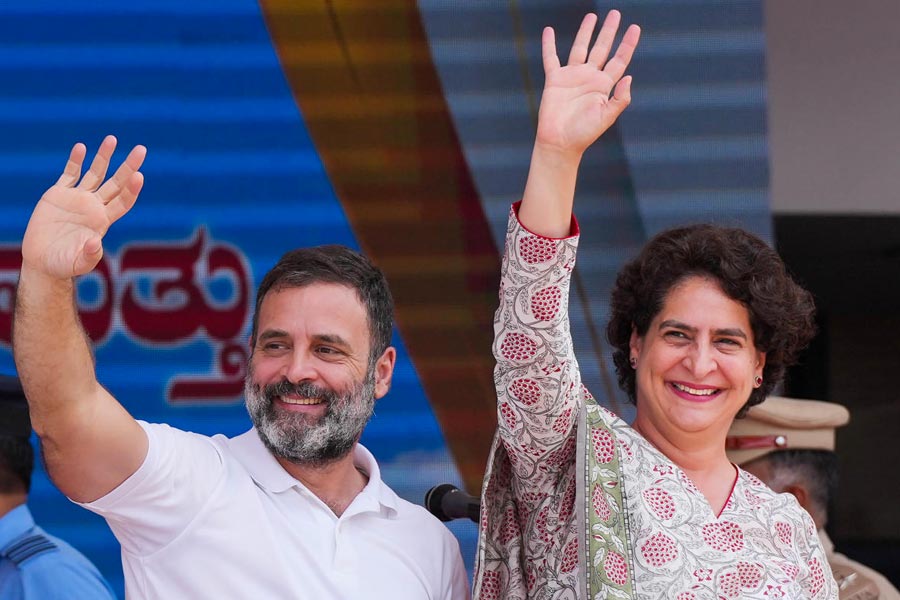
New Delhi: India's state governments often set their minimum wages lower than the recommended national minimum wage, decided by the Union labour ministry, a report by the International Labour Organisation has said.
It has added that the minimum wages often show large inter-state variations, unrelated to the cost of living, for the same kind of job. This is because the Minimum Wages Act of 1948 does not say on what basis the minimum wages should be fixed or revised.
The India Wage Report, released last month by the UN body, has highlighted what it considers flaws in the way minimum wages are determined in India.
It has recommended that wage revisions be linked to the cost of living, GDP growth and rise in labour productivity.
Santosh Mehrotra, chairperson of JNU's Centre for Informal Sector and Labour Studies, said that any rise in labour productivity --- the workers' output in propelling growth --- should be rewarded adequately with a rise in wages.
A fair wages committee made up of employers, employees and government representatives was formed in 1948 to recommend a framework for fixing minimum wages. The committee defined three levels of wages: the living wage, the fair wage and the minimum wage.
The living wage was the highest and covered the cost of the family's food, clothing and shelter and the education of its children as well as the expenditure on health and old-age insurance.
The minimum wage was defined as subsistence wage plus "standard" wage, the latter being left undefined. The fair wage fell indeterminately somewhere between the living wage and the minimum wage.
The Constitution, adopted in 1950, proposed a "living wage" as an objective the State should try to achieve. But the Centre and the state governments have chosen to stick to the minimum wage, the UN report says.
The Minimum Wages Act 1948, which aims to protect both the regular and casual workers in the organised and unorganised sectors, empowered the states to set a variety of wages and revise them at intervals not exceeding five years.
Such regular revision is expected to ensure that the wage in each state remains in line with its socio-economic realities. But the UN report says the minimum wages have often been revised "somewhat arbitrarily, without full consultation with social partners".
The Centre has separate minimum-wage rates for 45 categories of jobs, including agriculture, mining and oil extraction, under its purview while the various states cumulatively have separate minimum-wage rates for 1,709 job categories.
Minimum wages are meant mostly to ensure that private employers don't short-change the workers they hire. They apply to an estimated 66 per cent of the country's workers, who are employed in a list of scheduled jobs, whose number has risen from 13 in 1948 to 376.
Workers in non-scheduled employment have their wages determined through collective bargaining.
The national minimum-wage rate, which is not binding on the states, was introduced in 1996. This rate is revised taking inflation into account. It was last revised from Rs 160 to Rs 176 a day in July last year. The wage code bill, introduced in Parliament, seeks a binding national minimum wage.
The UN report quotes an estimate to say that nearly a third of the country's workers were paid less than the national minimum wage in 2009-10, and women were in general paid less than men.
It notes that the minimum wage for agricultural labour ranged from Rs 80 in Arunachal Pradesh to Rs 92 in Odisha, Rs 170 in Mizoram and Rs 178 in Haryana in 2011.
In 2013, the minimum wages for farm labourers ranged from Rs 80 in Arunachal to Rs 126 in Odisha (revised) and Rs 269 in Karnataka.
In Maharashtra, the minimum wage for agricultural labour, which occupies the highest share of workers, was just 73 per cent of the national minimum wage in 2013, the report says.
It adds that the difference between the highest and lowest minimum wages within a state ranged from a factor of 1.4 in Karnataka to one of 4.8 in Andhra Pradesh, representing huge disparities.
"Minimum wage revisions based only on price inflation will not improve the purchasing power of the wage earners, and will not ensure that the fruits of economic growth will be shared equitably," the report says.
"For it to be effective, wages need to be revised on a regular basis while taking into consideration changes in the cost of living, GDP growth and growth in labour productivity."
The report quotes government data to say that of the country's 195 million wage earners, 74 million (38 per cent) are regular or salaried employees and 121 million (62 per cent) are casual workers.
Mehrotra said the government should give workers social security and focus on job creation in the non-farm sectors.
"The higher the number of jobs, the higher the likelihood of the minimum wage going up. Minimum wage policies must go hand in hand with social security for the unorganised sector and job growth in the non-agriculture sector," he said.
"Social security should cover old-age pension and life insurance, as well as maternity benefits for women workers."










